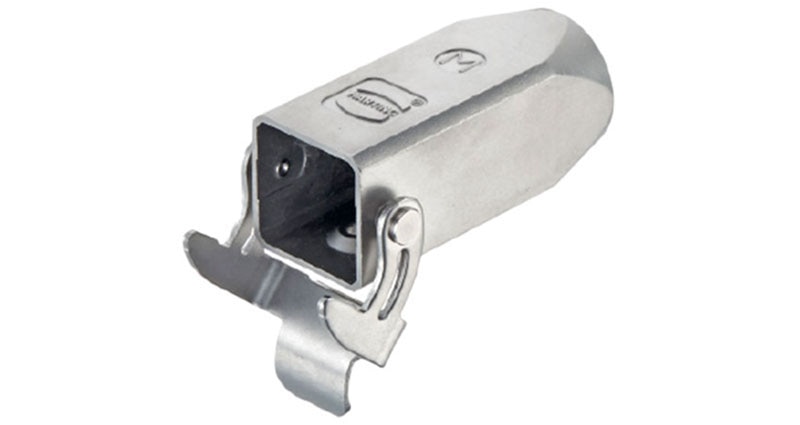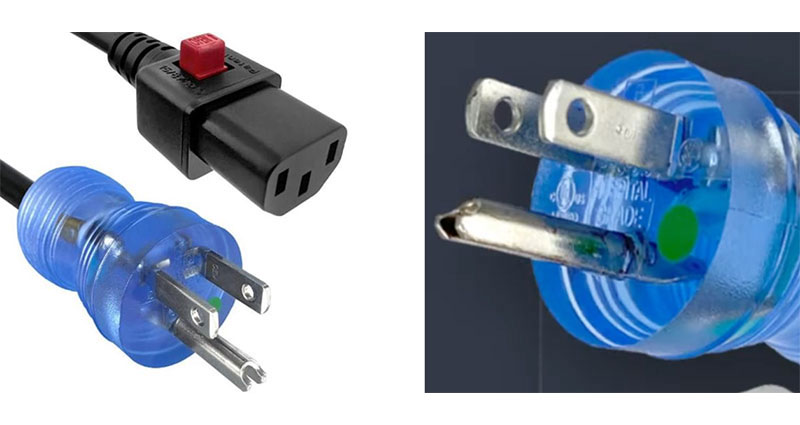Design for the Energy Revolution
Phoenix Contact aims to help designers minimize environmental impact and prepare for the renewable energy revolution by reducing emissions while supplying the world with sustainable, on-demand energy. They have made this their goal for the next decade with a concept called the “All Electric Society.” In their vision, renewable energy is generated and utilized efficiently through intelligent and networked systems created using electrification, networking, and automation technology.
Clean and sustainable energy comes from photovoltaic, hydroelectric, wind, and geothermal sources. Energy storage systems like batteries or green hydrogen systems complement the generation process and guarantee that energy is always available. Combined with networking and automation for control, they enable the electrification of all aspects of our lives. Phoenix Contact supplies many components for energy generation, storage, and automation in the All Electric Society.
Wind turbine generators
Wind turbine generators produce about ten percent of the electricity in the United States. These generators are complex structures where machine diagnostics monitor system health to reduce damage and minimize downtime. For example, intelligent turbine blade monitoring includes sensors to check ice, lightning, load, and structural health (Figure 1).
 Figure 1: Intelligent turbine blade monitoring includes sensors to check ice, lightning, load, and structural health to detect and prevent damage. (Image source: Phoenix Contact)
Figure 1: Intelligent turbine blade monitoring includes sensors to check ice, lightning, load, and structural health to detect and prevent damage. (Image source: Phoenix Contact)
The Phoenix Contact 1183803 rotor blade load sensor mounted near the blade's interior base uses strain gages to monitor turbine blade loading. Combined with data from other sensors, the measurement-evaluation controller monitors the blade load, permitting the turbine to be controlled to optimize performance with minimal blade loading.
Photovoltaic power generation
Solar power generation requires system-wide monitoring to ensure that solar panels in the field are operating with peak efficiency. Solar cells are connected in series, described as a photovoltaic (PV) string, to achieve a prescribed voltage. Monitoring current and voltage in the individual strings of panels allows users to pinpoint power losses due to damaged solar panels or poor electrical connections (Figure 2). Sensor modules are multiplexed through multichannel communications modules to a coordinating controller.
 Figure 2: Monitoring PV string current and voltage in the individual strings of panels allows users to pinpoint power losses due to damaged solar panels or poor electrical connections. (Image source: Phoenix Contact)
Figure 2: Monitoring PV string current and voltage in the individual strings of panels allows users to pinpoint power losses due to damaged solar panels or poor electrical connections. (Image source: Phoenix Contact)
In Figure 2, voltage and current sensors monitor twenty PV string currents and the common voltage using only two communications modules. Communications modules send the data to a compact controller via a Modbus interface.
The Phoenix Contact 2903591 is an example of a sensor module that can measure a single voltage up to 1500 volts. The output data is an analog voltage in the 2 to 10 volt DC (VDC) range, proportional to the measured input. The 2903591 sensor is a 35 millimeter (mm) DIN rail module powered by a 24 VDC source.
Energy storage
Since energy demand is constant, designers must be able to store generated power from renewable energy sources such as the sun and wind. The common approach is to rely on batteries for energy storage. The smallest energy storage unit is the battery cell, but multiple cells can be combined into a battery module to increase the available storage capacity. The power from the individual cells must be balanced to ensure that they are charged or discharged at a similar rate. Safety concerns require monitoring the battery module temperature to detect thermal runaway. Multiple modules are combined into a storage cabinet under the control of a power control unit (PCU) (Figure 3).
 Figure 3: Shown is an energy storage cabinet with the front panel removed, exposing three battery modules composed of individual battery cells (blue) with their associated control electronics. (Image source: Phoenix Contact)
Figure 3: Shown is an energy storage cabinet with the front panel removed, exposing three battery modules composed of individual battery cells (blue) with their associated control electronics. (Image source: Phoenix Contact)
Phoenix Contact supplies the connectors used to join these modules. For example, the polarized connectors can link modules with the 1106306 as the positive contact and the 1106307 as the negative contact. These battery pole connectors are mechanically coded to prevent accidental polarity reversal or touching, and can be rotated a full 360˚ for wiring flexibility.
Conclusion
Phoenix Contact offers a wide range of products intended for the All Electric Society, from connectors to sensors to control elements. It also supplies software and controllers for the automation and control of industrial systems. In addition to its products, Phoenix Contact is committed to operating sustainably by reducing CO2 emissions in its facilities and daily operations.

Have questions or comments? Continue the conversation on TechForum, DigiKey's online community and technical resource.
Visit TechForum








